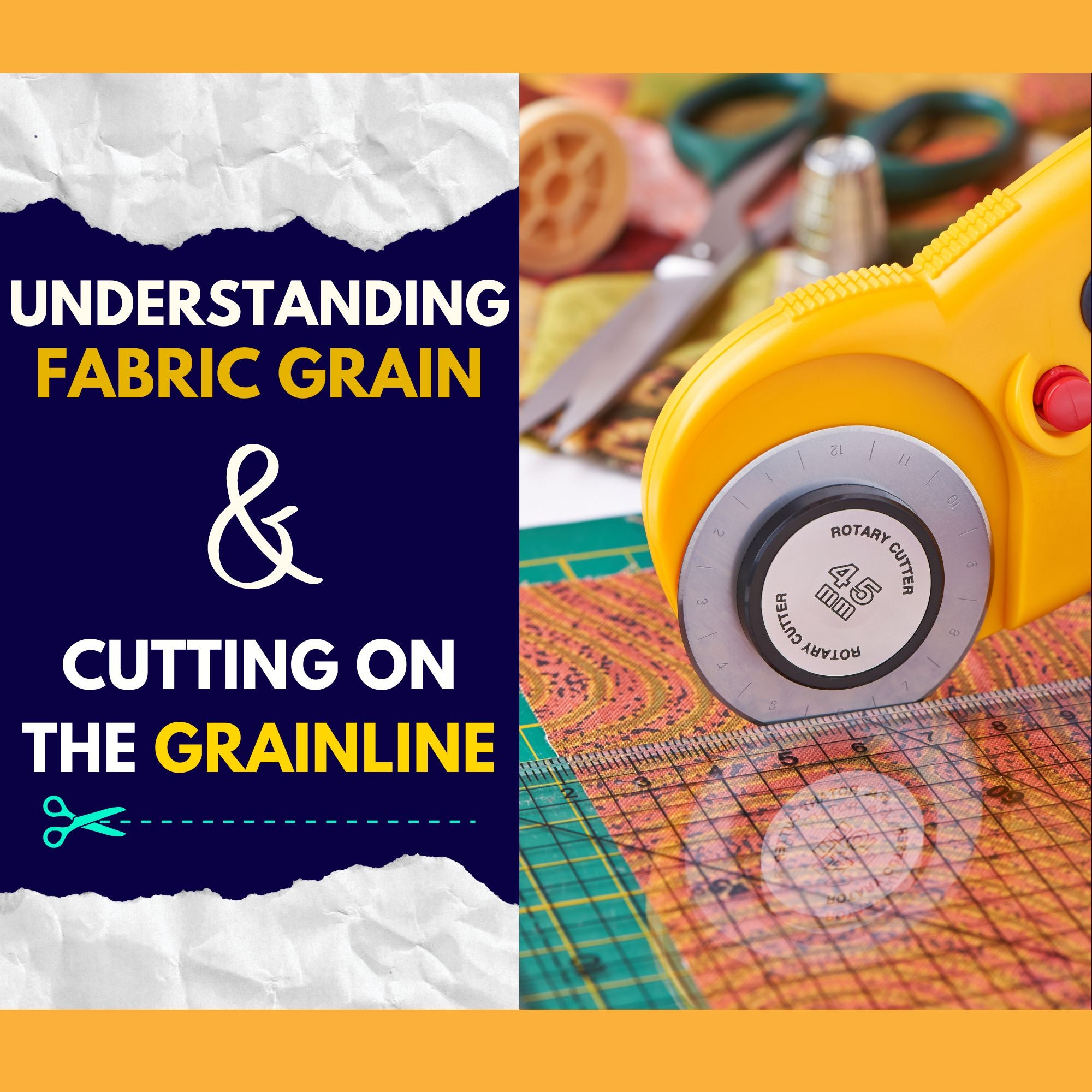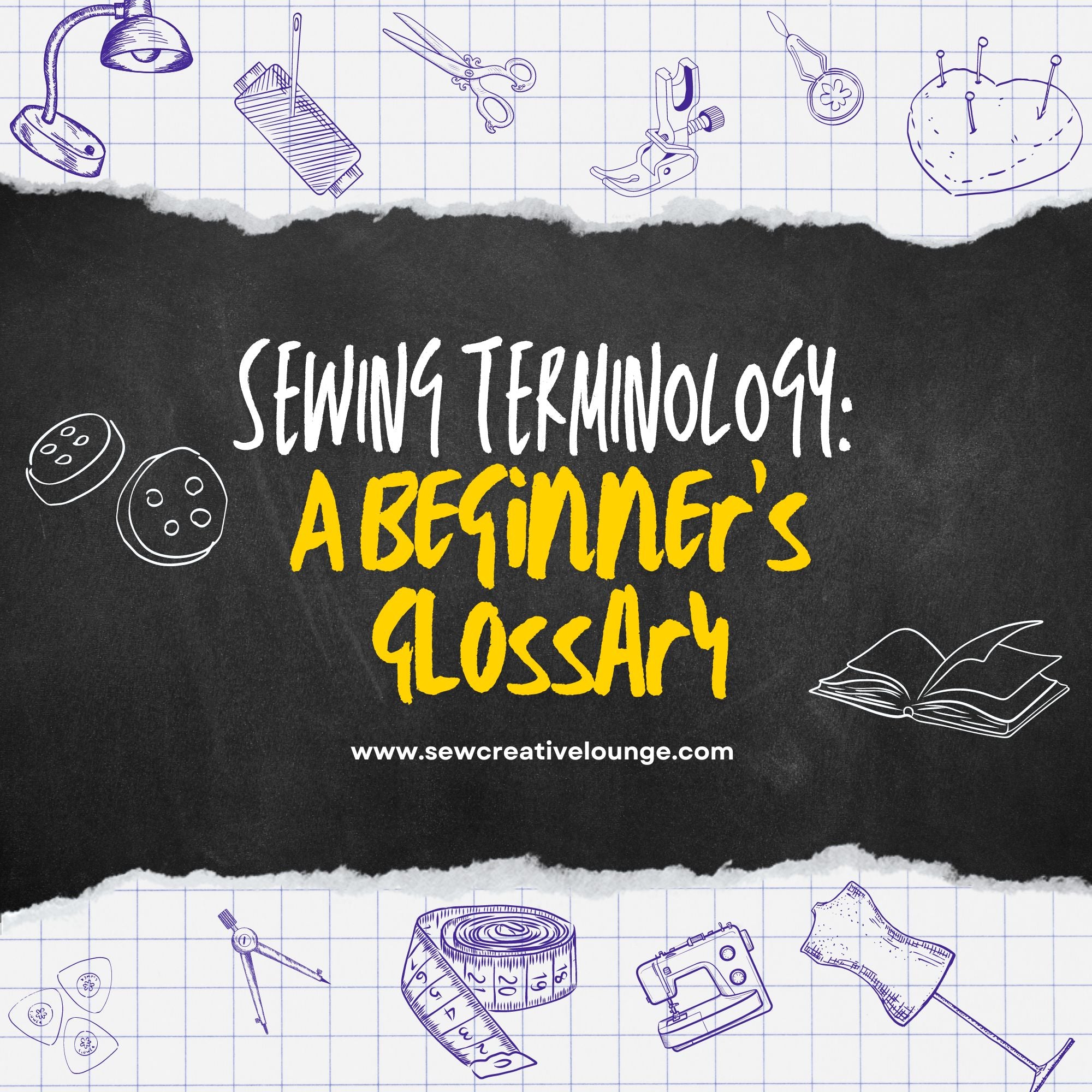
Understanding Fabric Grain and Cutting on the Grainline
When embarking on a sewing project, one crucial aspect that can significantly impact the outcome is understanding fabric grain and how to cut on the grainline. These concepts are fundamental to ensuring your garments or projects hang correctly and fit well. Let’s dive into what fabric grain is, why it matters, and how to cut on the grainline.
What is Fabric Grain?
Fabric grain refers to the direction in which the threads run in a woven fabric. There are three main types of grain:
-
Lengthwise Grain (Warp): These threads run parallel to the selvage (the finished edge of the fabric). Lengthwise grain has the least amount of stretch and is the most stable direction.
-
Crosswise Grain (Weft): These threads run perpendicular to the selvage. Crosswise grain has a bit more give than the lengthwise grain but is still relatively stable.
-
Bias Grain: This is at a 45-degree angle to both the lengthwise and crosswise grains. Fabric cut on the bias has the most stretch and drape, making it ideal for certain designs and techniques.
Why Fabric Grain Matters
Understanding fabric grain is essential for several reasons:
- Fit and Drape: Cutting on the correct grain ensures that your garment or project hangs properly. For example, skirts cut on the bias will have a more fluid drape compared to those cut on the straight grain.
- Stability: The lengthwise grain provides the most stability, which is crucial for areas of a garment that need to maintain their shape, such as waistbands or collars.
- Appearance: Patterns and prints can look distorted if not cut on the correct grain, leading to an unprofessional and unattractive finish.
Finding the Grainline
Most commercial sewing patterns will have a grainline marked on each piece. This line indicates the direction you should align with the fabric’s lengthwise grain. Here’s how to find and use the grainline:
-
Identify the Selvage: The selvage is the tightly woven edge that runs parallel to the lengthwise grain. It’s usually easy to spot because it often looks different from the rest of the fabric (sometimes with little holes or different texture).
-
Align the Grainline: Lay your pattern piece on the fabric. Use a ruler to measure the distance from the grainline marking to the selvage at both ends of the line. Adjust the pattern piece until these measurements are equal, ensuring the grainline is parallel to the selvage.
-
Pin and Cut: Once the grainline is properly aligned, pin the pattern piece in place and cut along the pattern edges.
Tips for Cutting on the Grainline
- Iron Your Fabric: Wrinkles can distort the grain, making it harder to cut accurately. Iron your fabric before laying out your pattern pieces.
- Check the Grain: If you’re unsure about the grain direction, gently pull the fabric along the lengthwise and crosswise grains. The lengthwise grain will usually have less stretch.
- Test with Scraps: If you’re new to cutting on the grain, practice with some fabric scraps to get a feel for how the fabric behaves in different grain directions.
Special Considerations
Cutting on the Bias
Cutting on the bias can be used to achieve certain effects, such as a more fluid drape or a form-fitting silhouette. Bias-cut garments often have more stretch and movement, making them comfortable and flattering. However, they can also be more challenging to handle due to the stretchiness.
Plaids and Stripes
When working with plaids or stripes, pay extra attention to the grainline to ensure patterns match up correctly. Align the pattern pieces carefully, especially at seams, to maintain a cohesive look.
Understanding and correctly cutting on the grainline is a foundational skill in sewing. It ensures your projects have the right fit, drape, and stability, leading to professional-looking results. By paying attention to the grainline, you can avoid common pitfalls and enhance the overall quality of your sewing creations. Happy sewing!
Read more

Sewing Terminology: A Beginner's Glossary
Welcome to the world of sewing! As a beginner, you might feel overwhelmed by the plethora of terms and jargon used in sewing tutorials, patterns, and guides. To help you get started, we've compile...
Read moreCreating Your First Garment: Step-by-Step Guide to Sewing a Simple Skirt
Embarking on the journey of sewing your first garment is exciting and rewarding! A simple skirt is a perfect beginner project that allows you to practice essential sewing skills while creating some...
Read more
5 comments
WOULD YOU RECOMMEND WASHING YOUR FABRIC FIRST FOR SHRINKING THAT WILL OCCUR?
GERALDINE GOODIN
Thank you for the information. It’s very helpful
Jennifer Edwards
Cutting on the Bias drives me crazy, thank you for the info.
Lucinda Padgett
Thank you, this is so helpful 💯
Genevieve Petruzzelli
Awesome information. Thanks for the reminder.
Cynthia Alston
Leave a comment
This site is protected by hCaptcha and the hCaptcha Privacy Policy and Terms of Service apply.